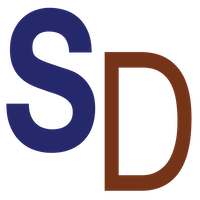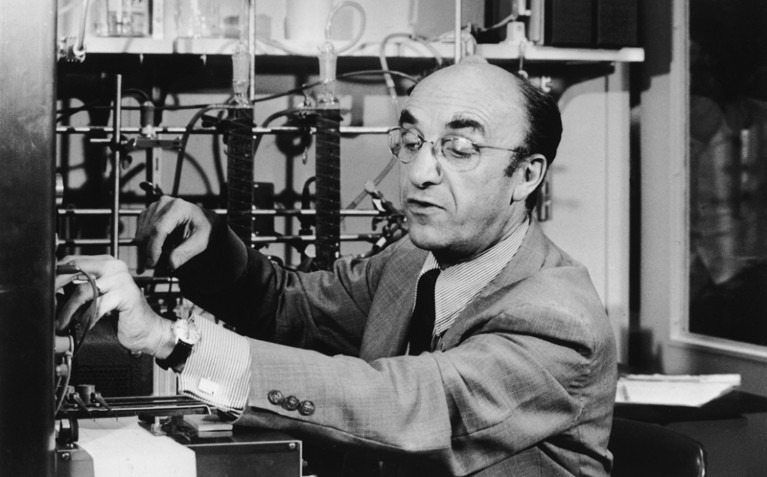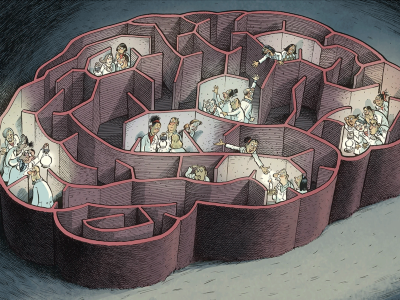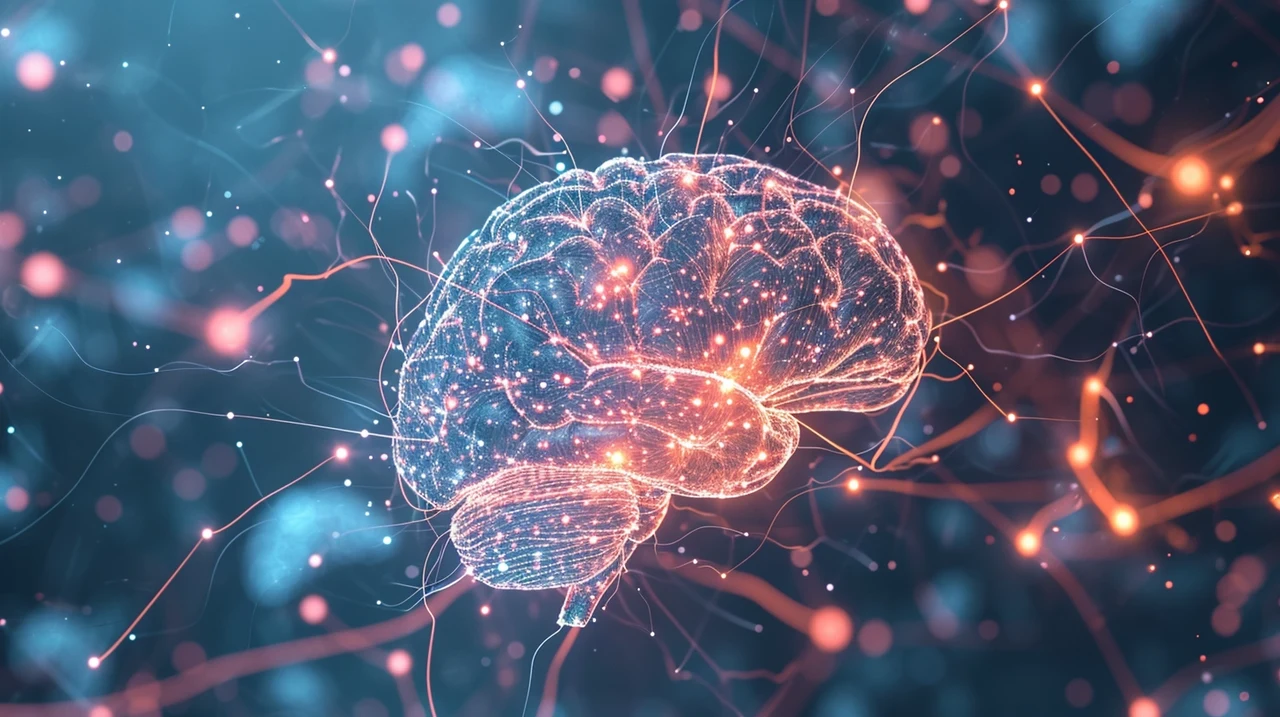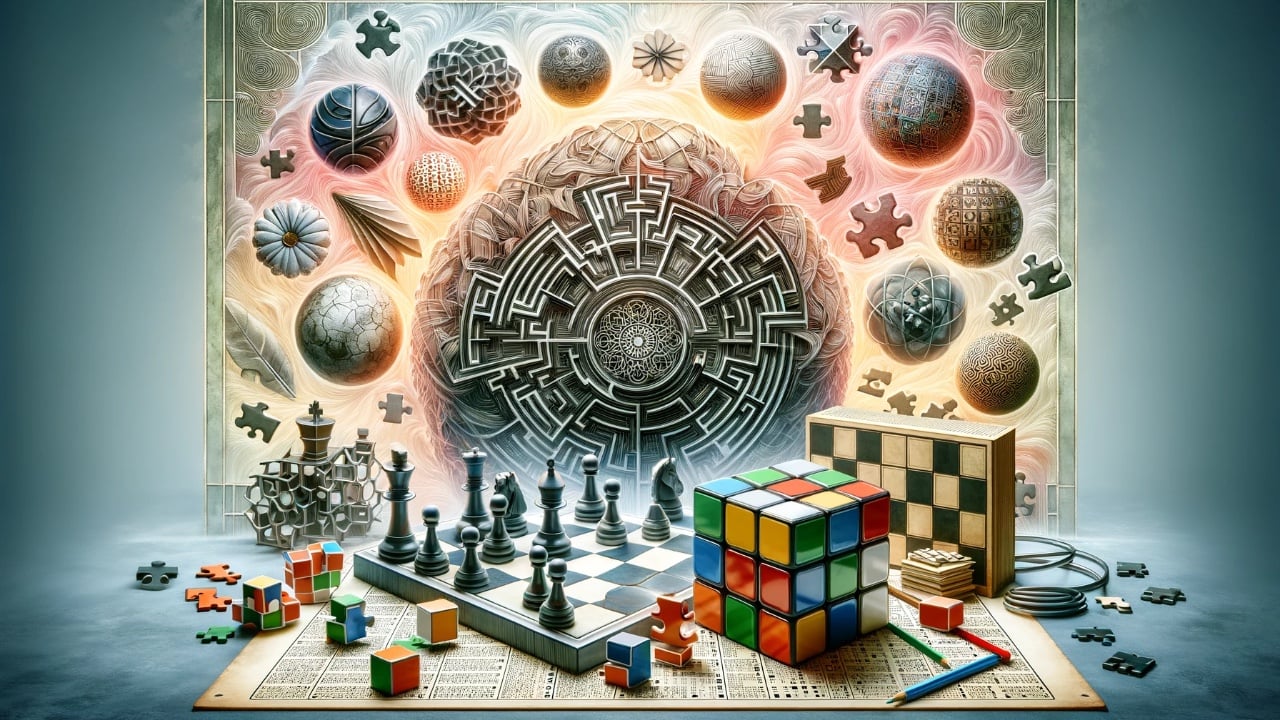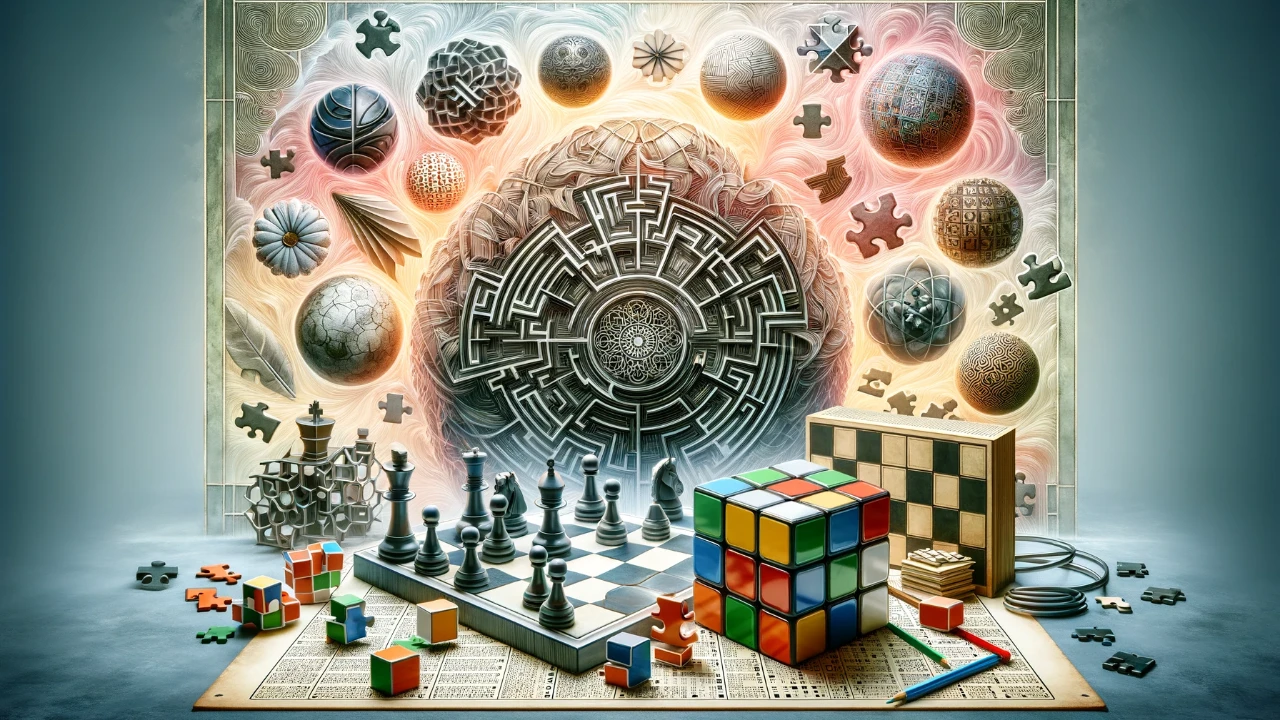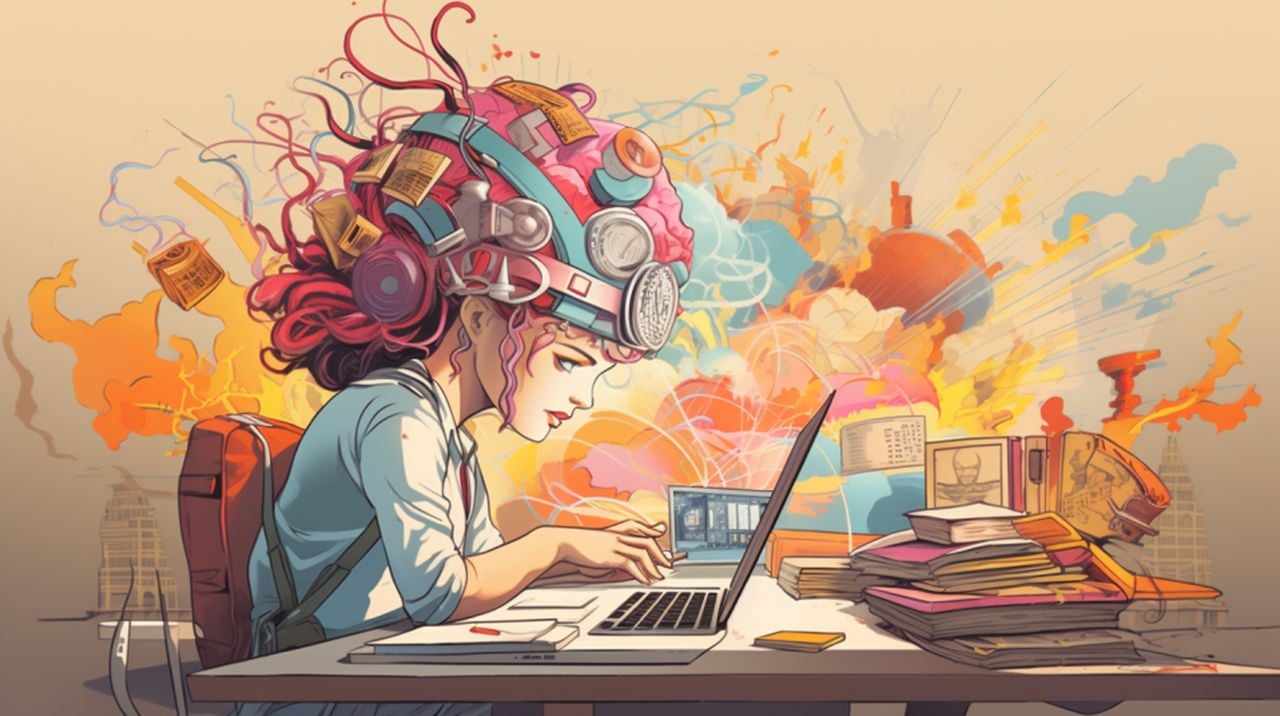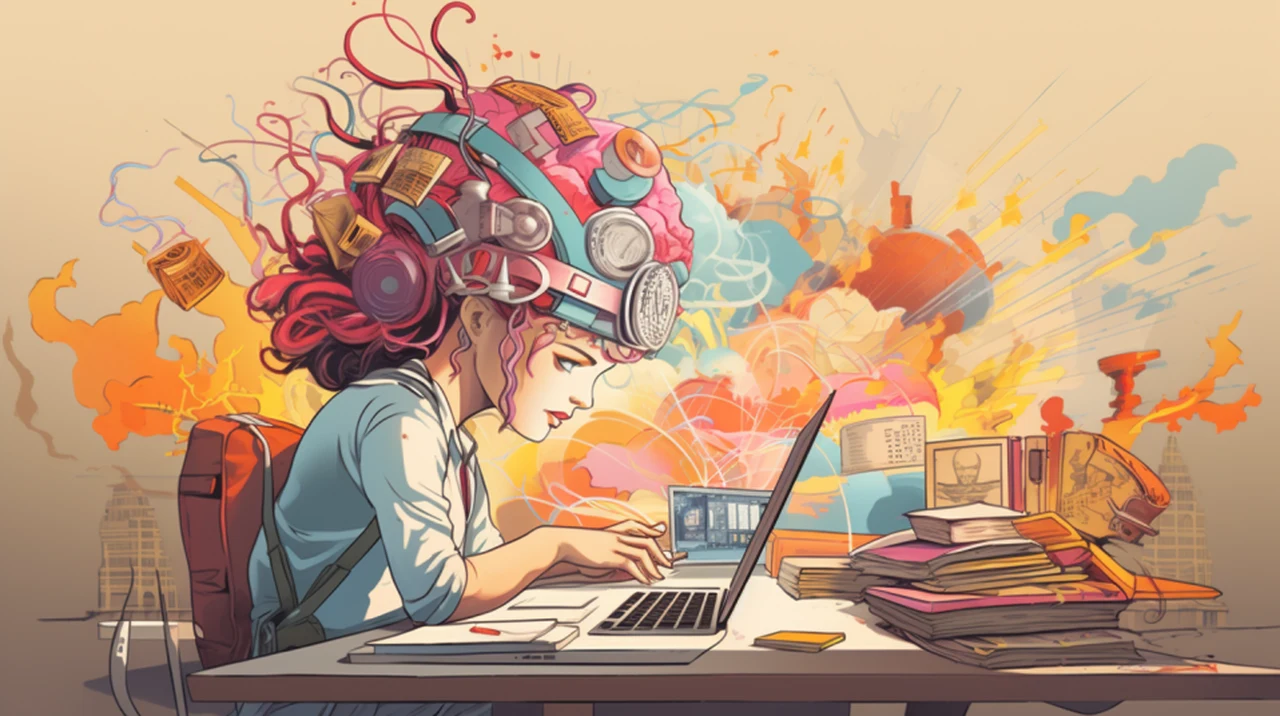[ad_1]
Imagine a busy restaurant: dishes clattering, music playing, people talking loudly over one another. It’s a wonder that anyone in that kind of environment can focus enough to have a conversation. A new study by researchers at Brown University’s Carney Institute for Brain Science provides some of the most detailed insights yet into the brain mechanisms that help people pay attention amid such distraction, as well as what’s happening when they can’t focus.
In an earlier psychology study, the researchers established that people can separately control how much they focus (by enhancing relevant information) and how much they filter (by tuning out distraction). The team’s new research, published in Nature Human Behaviour, unveils the process by which the brain coordinates these two critical functions.
Lead author and neuroscientist Harrison Ritz likened the process to how humans coordinate muscle activity to perform complex physical tasks.
“In the same way that we bring together more than 50 muscles to perform a physical task like using chopsticks, our study found that we can coordinate multiple different forms of attention in order to perform acts of mental dexterity,” said Ritz, who conducted the study while a Ph.D. student at Brown.
The findings provide insight into how people use their powers of attention as well as what makes attention fail, said co-author Amitai Shenhav, an associate professor in Brown’s Department of Cognitive, Linguistic and Psychological Sciences.
“These findings can help us to understand how we as humans are able to exhibit such tremendous cognitive flexibility — to pay attention to what we want, when we want to,” Shenhav said. “They can also help us better understand limitations on that flexibility, and how limitations might manifest in certain attention-related disorders such as ADHD.”
The focus-and-filter test
To conduct the study, Ritz administered a cognitive task to participants while measuring their brain activity in an fMRI machine. Participants saw a swirling mass of green and purple dots moving left and right, like a swarm of fireflies. The tasks, which varied in difficulty, involved distinguishing between the movement and colors of the dots. For example, participants in one exercise were instructed to select which color was in the majority for the rapidly moving dots when the ratio of purple to green was almost 50/50.
Ritz and Shenhav then analyzed participants’ brain activity in response to the tasks.
Ritz, who is now a postdoctoral fellow at the Princeton Neuroscience Institute, explained how the two brain regions work together during these types of tasks.
“You can think about the intraparietal sulcus as having two knobs on a radio dial: one that adjusts focusing and one that adjusts filtering,” Ritz said. “In our study, the anterior cingulate cortex tracks what’s going on with the dots. When the anterior cingulate cortex recognizes that, for instance, motion is making the task more difficult, it directs the intraparietal sulcus to adjust the filtering knob in order to reduce the sensitivity to motion.
“In the scenario where the purple and green dots are almost at 50/50, it might also direct the intraparietal sulcus to adjust the focusing knob in order to increase the sensitivity to color. Now the relevant brain regions are less sensitive to motion and more sensitive to the appropriate color, so the participant is better able to make the correct selection.”
Ritz’s description highlights the importance of mental coordination over mental capacity, revealing an often-expressed idea to be a misconception.
“When people talk about the limitations of the mind, they often put it in terms of, ‘humans just don’t have the mental capacity’ or ‘humans lack computing power,'” Ritz said. “These findings support a different perspective on why we’re not focused all the time. It’s not that our brains are too simple, but instead that our brains are really complicated, and it’s the coordination that’s hard.”
Ongoing research projects are building on these study findings. A partnership with physician-scientists at Brown University and Baylor College of Medicine is investigating focus-and-filter strategies in patients with treatment-resistant depression. Researchers in Shenhav’s lab are looking at the way motivation drives attention; one study co-led by Ritz and Brown Ph.D. student Xiamin Leng examines the impact of financial rewards and penalties on focus-and-filter strategies.
The study was funded by the National Institutes of Health (R01MH124849, S10OD02518), the National Science Foundation (2046111) and by a postdoctoral fellowship from the C.V. Starr Foundation.
[ad_2]
Source Article Link

